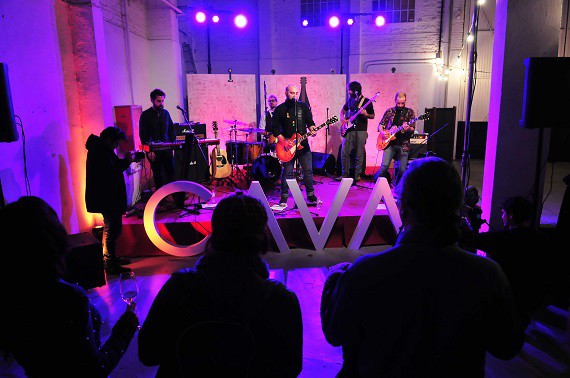__________________________________________
IN THE GLOBAL SPARKLING wine market, Spain’s cava faces two challenges – one historic – in competing with champagne. The other is the meteoric rise of Italy’s prosecco. One at the top end of the sector, the other at the bottom, entry-level end.
With challenges come opportunities. For cava, along with the others, there are two. In an otherwise fairly flat wine sector, two categories stand out in terms of growth: sparkling and rosé (for Spain, read rosado).
The two ‘hot stories’ coming out of the region (cava comes predominately from Penedés, near Barcelona in Catalonia (see designation), putting aside the broader region’s desire for independence (I am not going there…) is: a new classification for single vineyards, the Cava de Paraje Calificado, and news that a faction of the Freixent family is in negotiation to sell its 50.68% share in the cava giant to German sparkling wine producer Henkel.
“Cava is a great sparkling wine,” says Javier Pagés. Well, as chief executive of Codorníu, one of the two giants of cava, he would say that. Made in the same traditional method as champagne but, generally speaking, using indigenous varieties, usually Macabeo, Xarel-Lo and Parellada principally, the claim is not with-out foundation.
Pagés refutes the suggestion that cava is just seen as a cheap alternative to champagne. With the advantage of Codorniú’s long history, established in 1872, he points out that cava enjoys good sales in the likes of New York, Argentina and Cuba, due mainly to Spanish immigrants. But then Belgium, Germany, the UK, US, even France, Japan, the Netherlands, Sweden, Finland and Switzerland, are all significant importers of Spain’s best fizz.
Pagés points out that the on-trade, specifically restaurants, has proved a hitherto insurmountable problem for cava. The reason? Simple. At the fine-dining end, Michelin-starred restaurants tend to be French inspired or French cuisine oriented. Below that, there are many Italian restaurants. Under that we are looking at Indian, Chinese and then fast food, American-themed eateries, many of which are unlicensed. So not much chance for cava.
But Pagés sees Paraje as “very important” in adding credibility to cava when talking to “prescriptors”, namely the likes of wine writers, journalists, sommeliers and MWs.
PROMOTING CAVA
Toni la Rosa Torelló is director of Torelló which has one of the first wines to gain the Paraje Calificado for its Gran Torelló 2010 from its Vinyes Can Martí vineyard.
He says he is “23rd generation” and part of a “brotherhood” called the Confraria dèl Cava to promote cava. Understandably, he is decidedly more upbeat. He just sees ‘bubbles’ as the ‘gran’ opportunity for cava.
He tells DI: “The problem in the past for cava was that it had been sold cheap. But the market for sparkling wine has changed – and will change. There is a ‘bubbles’ market going on. So, if people want bubbles, that is any opportunity for us.




